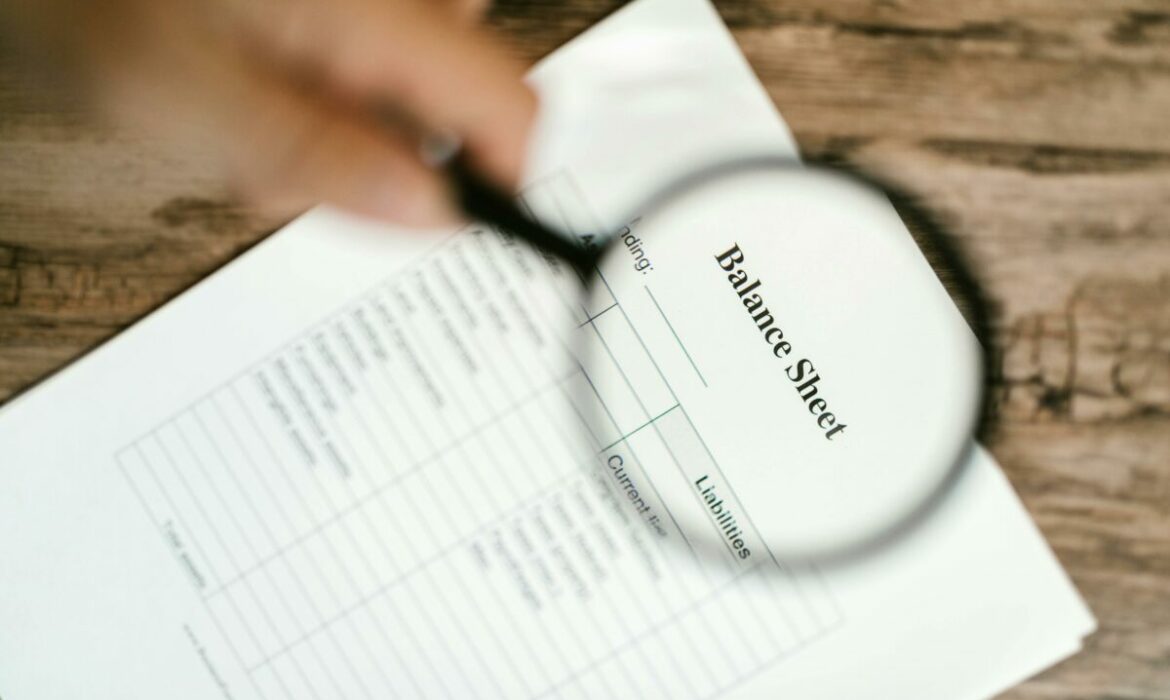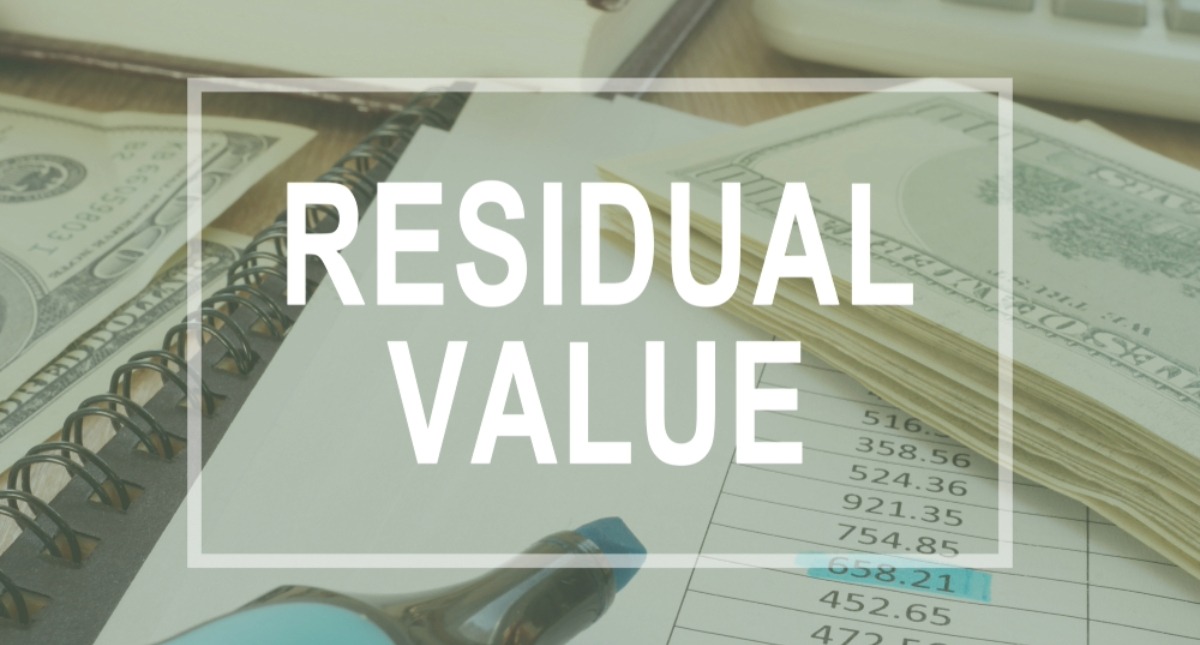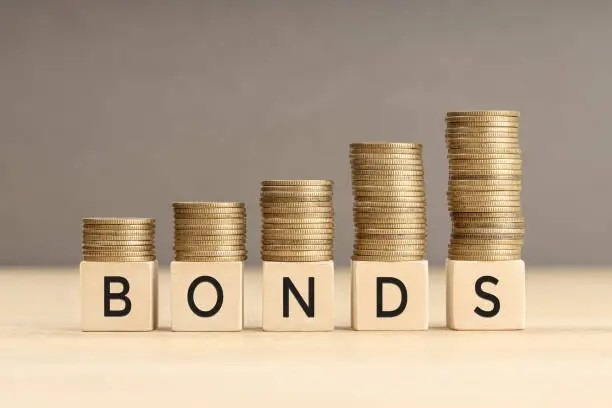In finance, two fundamental documents stand out as pillars of understanding a company’s financial health: the Balance Sheet and the Profit & Loss (P&L) statement.
While both are essential tools for investors, analysts, and managers, they serve distinct purposes and offer unique insights into an organisation’s financial standing.
In this article, we will delve into the significance of both Balance Sheets and P&L statements, their differences, and how they complement each other in evaluating the financial health of a business.
Let’s start!
Balance Sheet: The Snapshot of Financial Health
A balance sheet is a financial statement that provides a snapshot of a company’s financial condition at a specific time. Additionally, it details the company’s assets, liabilities, and shareholders’ equity, offering insights into its capital structure and ability to meet financial obligations. Crucially, the balance sheet enables calculating return rates, thereby assessing the firm’s financial strategies and efficiency in resource utilisation.
Key Components of the Balance Sheet
Before delving into the intricacies of a company’s financial landscape, it’s crucial to understand the foundational elements of its balance sheet. Assets serve as the bedrock, representing what the company owns or controls and providing a glimpse into its financial strength and operational capacity.
1. Assets:
Assets are what a company owns or controls. They can be divided into several categories:
- Cash and Cash Equivalents: comprise readily available funds such as cash on hand and short-term investments that the company can easily convert into cash, including Treasury bills and short-term certificates of deposit (CDs).
- Marketable Securities: These are investments that can be easily bought or sold on the open market, such as stocks and bonds.
- Receivables: This represents money owed to the company by its customers for goods or services provided on credit.
- Inventory: These are goods a company has on hand and intends to sell to customers.
2. Liabilities:
Liabilities are what a company owes to others. Here are some common types of liabilities:
- Debt: This includes any money the company owes to creditors, including short-term and long-term loans.
- Payables: These are amounts owed by the company to suppliers, employees, or other parties for goods or services received.
- Taxes: This includes current and deferred taxes that the company must pay to the government.
3. Shareholder Equity:
Shareholder equity represents the ownership interest in the company. It’s calculated as the difference between a company’s assets and liabilities. It includes:
- Retained Earnings: This is the portion of the company’s profits that have been reinvested into the business rather than distributed to shareholders as dividends.
- Capital Contributed by Shareholders: This is the amount of money shareholders have invested in the company by purchasing its stock.
Understanding these key components of the balance sheet is essential for assessing a company’s financial health and determining its ability to meet its obligations and sustain growth over time.
Trial Balance vs. Balance Sheet
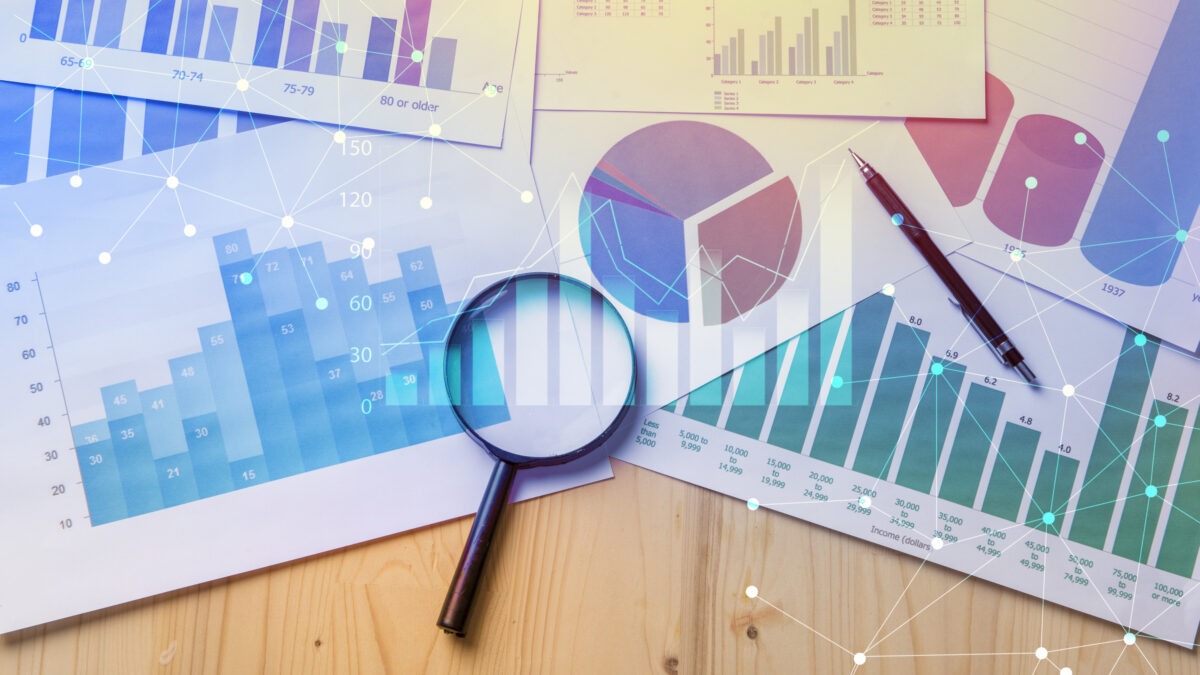
It’s important to distinguish between the trial balance and the balance sheet. The trial balance is an internal document used within the accounting department, offering financial data at the account level, such as general ledger accounts. It is more granular and serves as the basis for preparing financial statements.
In contrast, the balance sheet aggregates information from multiple accounts to present the total assets, liabilities, and shareholder equity at a specific time. It adheres to standard formats outlined in accounting frameworks like the International Financial Reporting Standards (IFRS) or Generally Accepted Accounting Principles (GAAP), making it accessible and understandable to external parties like investors and lenders.
Profit & Loss Statement: Measuring Financial Performance
The profit and loss or income statement outlines a company’s revenues, costs, and expenses. This statement is crucial for assessing the company’s operational efficiency and profitability. It helps stakeholders understand how the firm’s revenues are transformed into net income and reveals sales and expense management trends.
Key Aspects of the Profit & Loss Statement
The Profit & Loss Statement, often called the income statement, offers a comprehensive breakdown of a company’s financial performance over a specific period. It includes essential components such as:
- Revenue: This represents the total income generated from sales before any deductions. It provides insight into the company’s primary revenue streams and overall sales performance.
- Cost of Goods Sold (COGS): These are the direct costs attributable to the goods produced and sold by the company. Calculating COGS is crucial for understanding the profitability of each product or service.
- Gross Profit: Gross profit is derived by subtracting the COGS from the total revenue. It serves as a key indicator of production efficiency and pricing strategies, reflecting the profitability of the company’s core operations.
- Operating Expenses: Operating expenses encompass all costs incurred in running the business that are not directly tied to production, such as administrative expenses, marketing expenses, and research and development costs. Monitoring operating expenses is essential for evaluating the company’s operational efficiency and cost management strategies.
- Net Income: Often referred to as the bottom line, net income represents the profit or loss after subtracting all expenses from revenues. It provides a comprehensive view of the company’s profitability and financial performance.
Understanding these key components of the Profit and Loss Statement is essential for investors, analysts, and stakeholders to accurately assess the company’s financial performance, profitability, and operational efficiency.
Relationship Between the Balance Sheet and Profit & Loss Statement:

Understanding how the Balance Sheet and Profit & Loss (P&L) Statement interact offers valuable insights into a company’s financial health. By examining their relationship, investors and analysts can comprehensively understand various aspects crucial for decision-making. Let’s explore these connections:
1. Long-Term vs. Short-Term Perspective:
- Balance Sheet: A snapshot of the company’s financial position at a specific time, emphasising long-term assets and liabilities.
- Profit & Loss Statement: Focuses on short-term financial performance, detailing revenues, expenses, and net income over a specific period.
Together, these documents offer a holistic view, combining long-term stability with short-term profitability.
2. Liquidity and Solvency:
- Balance Sheet: Evaluates liquidity and solvency by analysing current assets against current liabilities.
- Profit & Loss Statement: While not directly measuring liquidity, profitability influences the company’s ability to meet its obligations, indirectly impacting solvency.
Assessing both documents provides insights into the company’s financial flexibility and ability to manage short-term obligations.
3. Capital Structure and Financial Leverage:
- Balance Sheet: Reveals the company’s capital structure, highlighting its long-term debts and shareholders’ equity.
- Profit & Loss Statement: Influences the capital structure by impacting profitability and earnings for shareholders.
Integrating information from both documents aids in understanding the company’s financial leverage and risk management strategies.
4. Financial Performance and Market Value:
- Balance Sheet: While not directly measuring financial performance, it provides insights into asset composition and financial health.
- Profit & Loss Statement: Reflects financial performance, driving market valuation through profitability and earnings growth.
By examining these aspects, stakeholders can gauge the company’s ability to create shareholder value and sustain growth.
Contrasting Perspectives
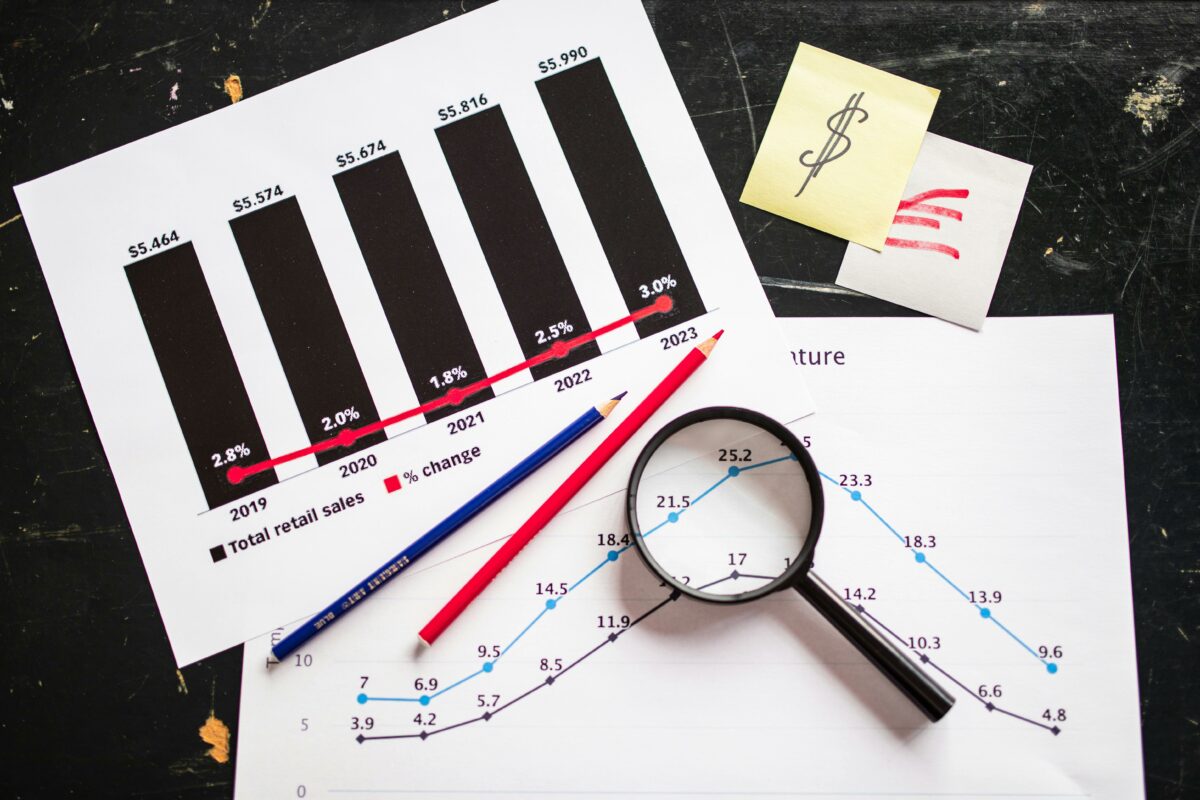
While the Balance Sheet and the P&L statement serve distinct purposes, they are interconnected components of a comprehensive financial analysis. Whereas the Balance Sheet provides a static view of a company’s financial position at a specific time, the P&L statement offers a dynamic view of its performance over time.
The Balance Sheet focuses on resource allocation and financing sources, highlighting the company’s assets, liabilities, and equity. It helps stakeholders assess the company’s financial structure, liquidity, and long-term solvency. For instance, investors may scrutinise the Balance Sheet to evaluate a company’s ability to meet its short-term obligations or leverage levels.
On the other hand, the P&L statement emphasises the company’s revenue-generating activities and ability to control expenses. It provides insights into the company’s revenue streams, profit margins, and profitability. Investors use the P&L statement to gauge the company’s operational efficiency, growth trajectory, and earnings quality.
Complementary Analysis
While each financial statement offers valuable insights, a comprehensive analysis often involves examining the Balance Sheet and the P&L statement in conjunction. By integrating information from both documents, investors and analysts can better understand a company’s financial health and performance.
For example, a company may report strong revenue growth and profitability in its P&L statement. Still, a closer examination of its Balance Sheet reveals high debt levels and low cash reserves. This discrepancy could raise concerns about the company’s long-term sustainability and ability to service its debt obligations.
Similarly, a company with a robust Balance Sheet, ample liquidity, and minimal debt may face challenges if its P&L statement shows declining revenues or widening losses over time. This scenario could indicate underlying operational issues or competitive pressures that warrant further investigation.
Conclusion
In conclusion, the Balance Sheet and the Profit & Loss statement are indispensable tools for evaluating a company’s financial health and performance. While the Balance Sheet provides a static view of a company’s financial position, emphasising its assets, liabilities, and equity, the P&L statement offers a dynamic view of its revenue-generating activities and profitability.
By analysing both documents in conjunction, investors, analysts, and managers can understand a company’s financial standing, identify key trends and potential risks, and make informed decisions regarding investment, lending, or strategic planning. Ultimately, integrating insights from the Balance Sheet and the P&L statement enables stakeholders to navigate the complexities of financial analysis and assess a business’s overall health and viability.


